Here are 15 thrilling wildlife-watching destinations to consider – five each for a weekend, a week or a longer trip.
Best wildlife holiday destinations
What to do in a weekend
The UK has a wealth of wildlife that can be readily packed into weekend-sized chunks.
RSPB Minsmere, Suffolk
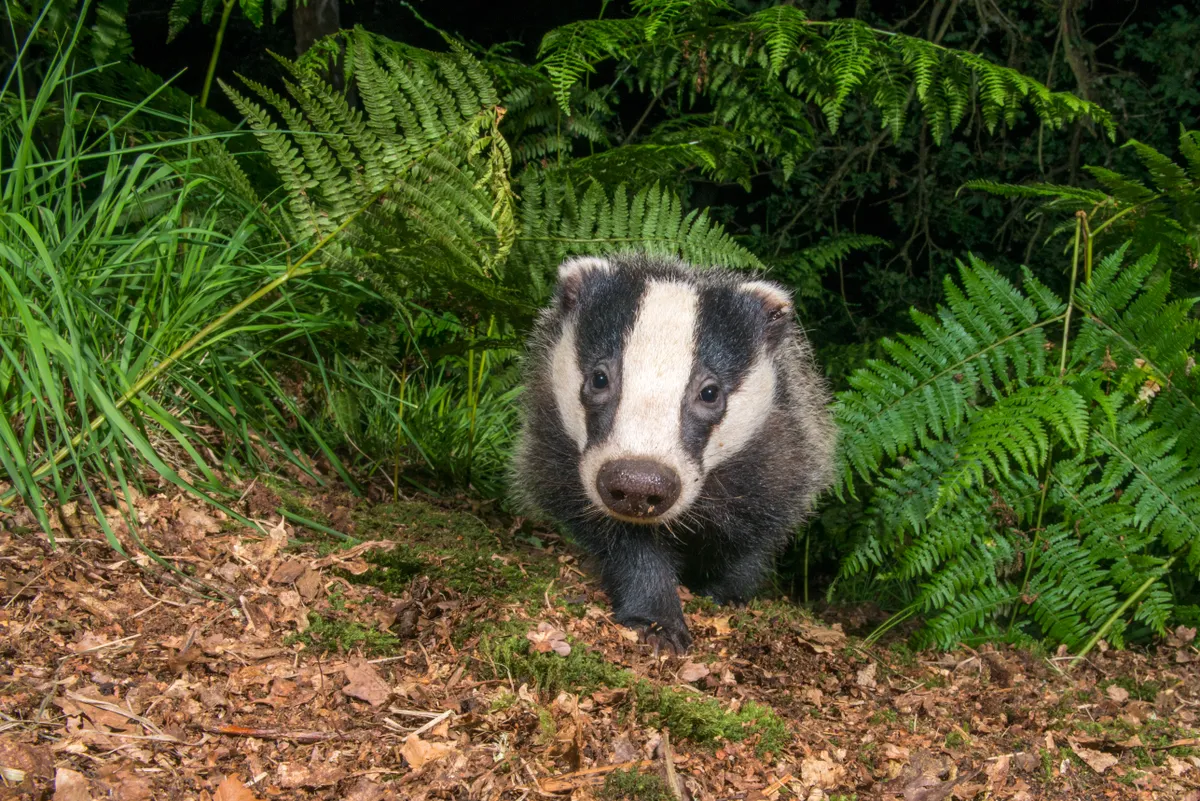
In Suffolk, Minsmere, the RSPB’s flagship reserve and environs excel year-round. Gawp at ‘dancing’ adders in spring, revere breeding avocets in summer, admire rutting red deer in autumn, or peer into wintry reedbeds to decipher bittern and bearded tit. For something different, throw in a night in Bawdsey Hall’s photography hides for close-range views of badger, tawny owl and – most excitingly – polecat, before joining a local expert to see what unusual moths have been attracted to nearby traps.
Purbeck Heath, Dorset
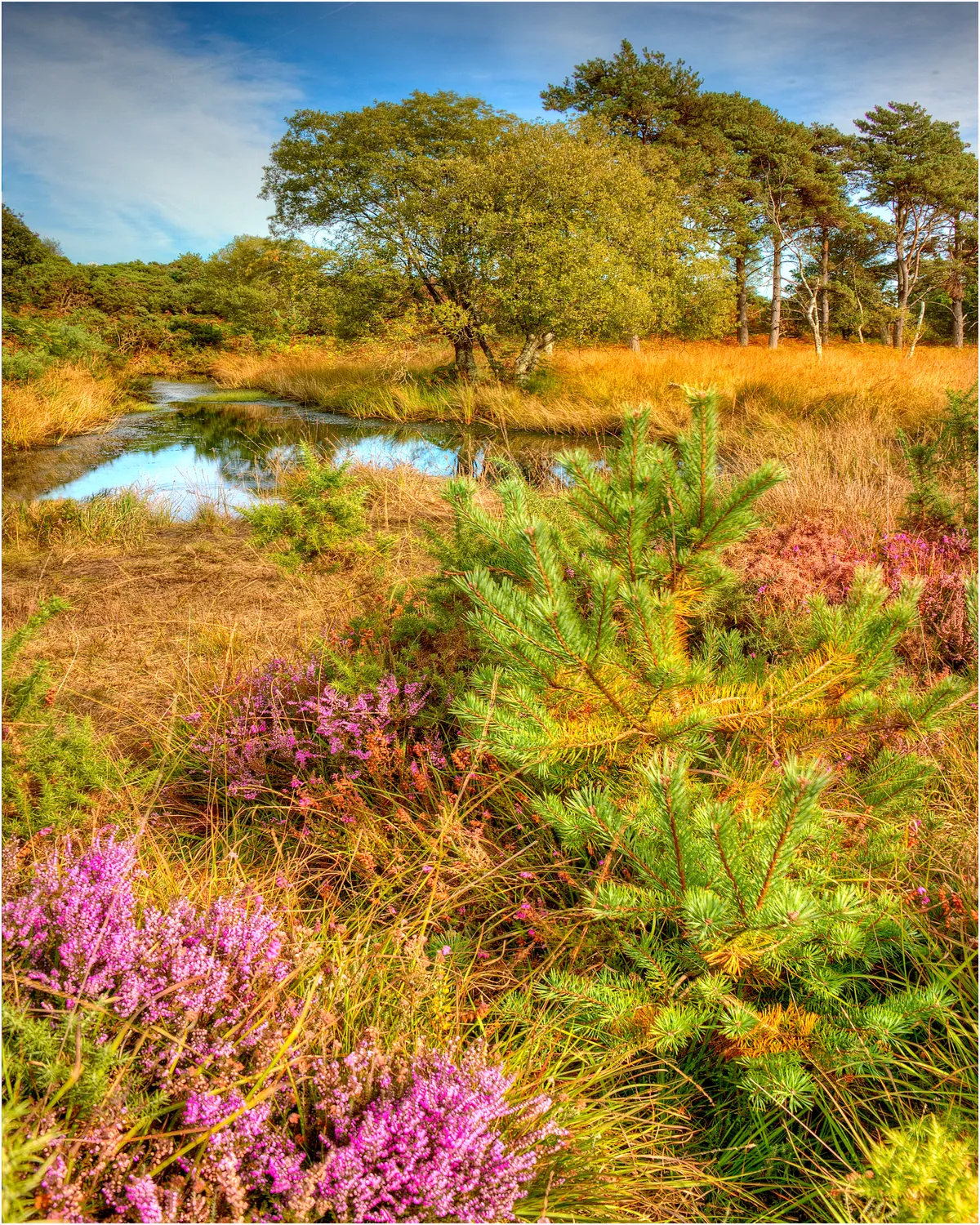
In summer, travel by train to the Dorset town of Wareham, then cycle or walk the short distance to the Purbeck Heaths’ new, landscape-scale National Nature Reserve. Here Dartford warblers scold by day, while nightjars emerge at dusk. Sand lizard favours sheltered bare ground, and the fortunate visitor might bump into smooth snake. Sneakily, however, minibeasts steal the show. Look for large marsh grasshopper in mires, Purbeck mason wasp and mottled bee-fly on sandy tracks, and silver-studded blue butterfly amid vibrantly coloured heather.
Penzance, Cornwall

Readily reached by train, Penzance makes a fine base to savour Cornwall’s wildlife. Explore Mount’s Bay by boat for close-up views of grey seal, harbour porpoise, common dolphin and perhaps minke whale or basking shark. Celebrate the chough’s return to Kernow by hopping on a local bus to St Just or Porthcurno; alternatively, pop back on the train to RSPB Hayle Estuary, looking for Mediterranean gull, egrets and waders.
Spurn Point, East Yorkshire
Nowhere in mainland Britain is better to witness autumn bird migration than East Yorkshire’s Spurn Point, home of ‘MigFest’, the bird observatory’s popular annual event. Offshore, skuas and shearwaters may battle against strong winds. On the Humber mudflats, thousands of migrant waders are complemented by freshly arrived brent geese. But when easterly winds and rain combine, focus attention instead on Spurn’s fields, hedgerows and scrub. During a ‘fall’ of migrant landbirds, thrushes, flycatchers and goldcrests can be everywhere – and barely a weekend passes without some scarce visitor being spotted.
Oslo, Norway
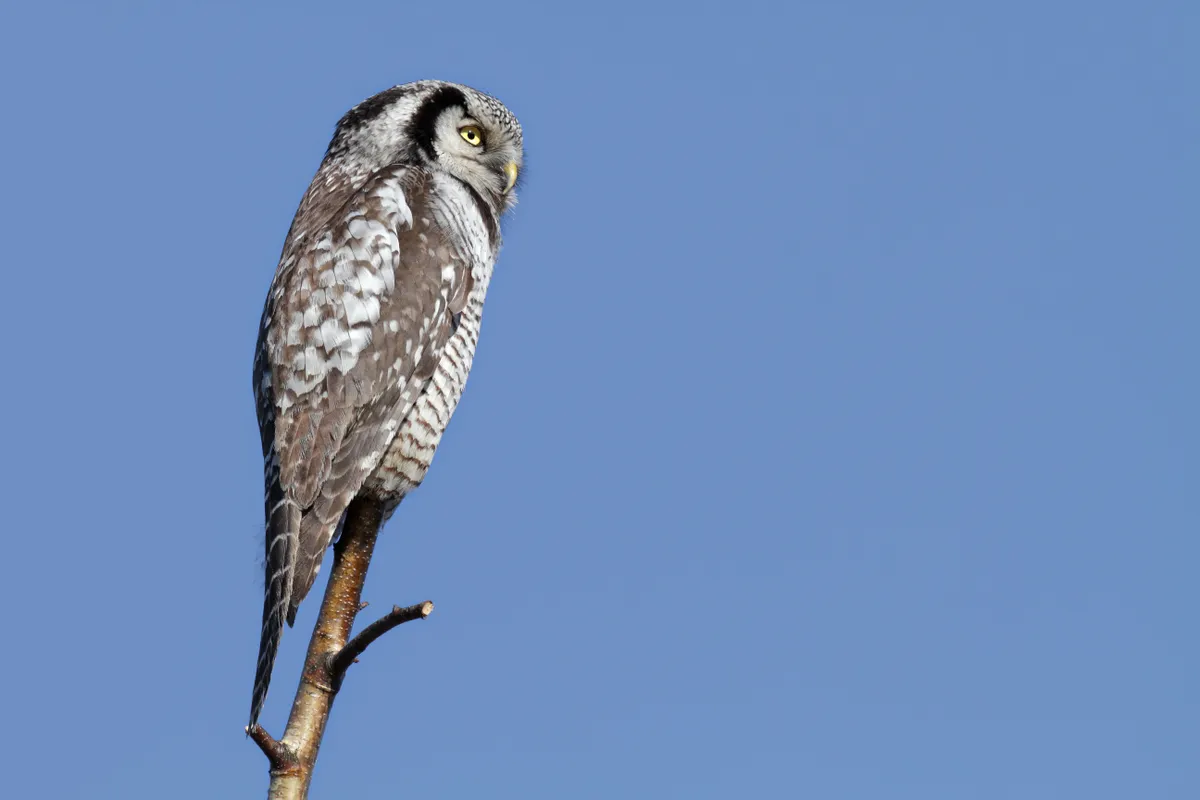
If overwhelmed by wanderlust, you could do worse than flying to the Norwegian capital of Oslo for a winter weekend. Combine the comforts of a city break with a guided trip into nearby snowy wilds to see sought-after owls that typify boreal forests – Tengmalm’s, hawk, pygmy and possibly great grey – plus avian specialities such as hazel grouse and three-toed woodpecker.
What to do in a week
With a week available, possibilities expand. Two British destinations offer diverse summer wildlife without burning excessive carbon, while three European countries may tempt you further afield.
Norfolk, UK

Take the train to Norwich, then hire a car to enjoy Norfolk’s varied wildlife. On the coast, visit Britain’s largest spoonbill colony at Holkham, the mixed seal colony at Blakeney Point and Winterton’s natterjack toads. Insect stars of Broadland sites such as Hickling include swallowtail (a butterfly) and Norfolk hawker (dragonfly). In the Brecks, Britain’s answer to the steppes, watch stone curlews evade stoats at Weeting Heath before enjoying the thriving colony of Spanish catchfly (a rare plant) plus scarce day-flying moths such as forester at Cranwich Camp.
Scottish Highlands, UK
A train ride north transports you to Inverness, from where hiring a vehicle enables you to roam the Scottish Highlands. RSPB Abernethy Forest hosts well-known specialities such as Loch Garten’s osprey and red squirrel. Less trumpeted but just as exciting are scarce dragonflies like white-faced darter and orchids such as creeping lady’s-tresses. Complement Speyside with time near Fort William, where chequered skipper flutters by day and pine martens visit Glenloy Lodge most evenings.
Arctic Finland and Norway
Arctic Finland and Norway excel in late winter, particularly when the aurora borealis swirls through the night sky. Neljän Tuulen Tupa is a photographer’s dream, with well-stocked feeders attracting evocatively named birds hard to see elsewhere, notably Siberian jay, Siberian tit and Arctic redpoll. Then press polewards to Varanger, where tundra-flanked coast secretes vast flocks of seaduck such as Steller’s and king eiders, while the imperious gyrfalcon ransacks seething auk colonies.
Sierra du Andújar, Spain
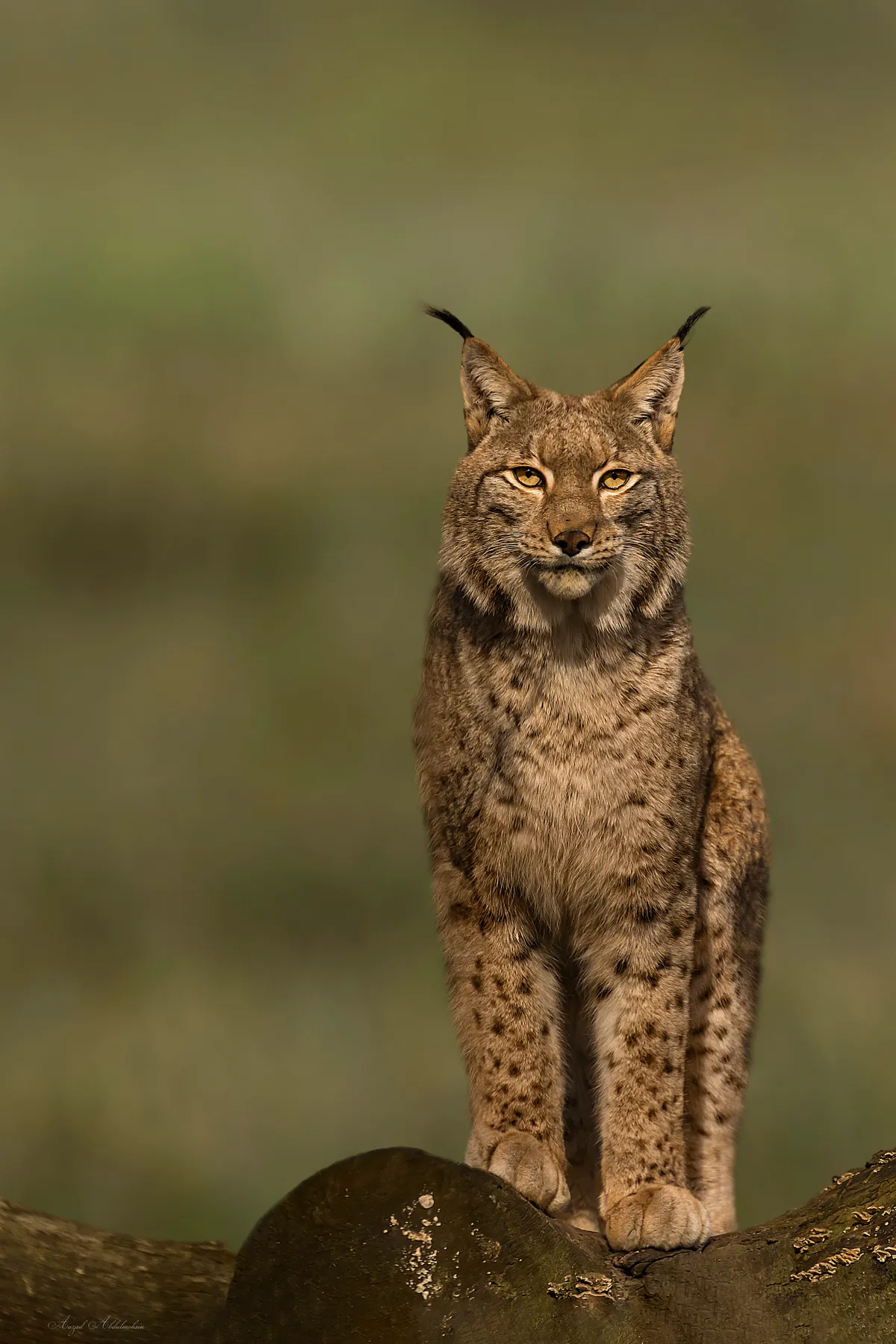
Alternatively head south to Spain’s Sierra du Andújar. Your main quarry is the disconcertingly sphinx-like Iberian lynx. Although one of the world’s rarest cats, reintroductions have bolstered populations, so your chances are now good. While you search, there is much else to enthral: Iberian ibex scaling craggy outcrops, Spanish imperial eagle cruising through cobalt skies and stripeless tree frog serenading by night.
Romania
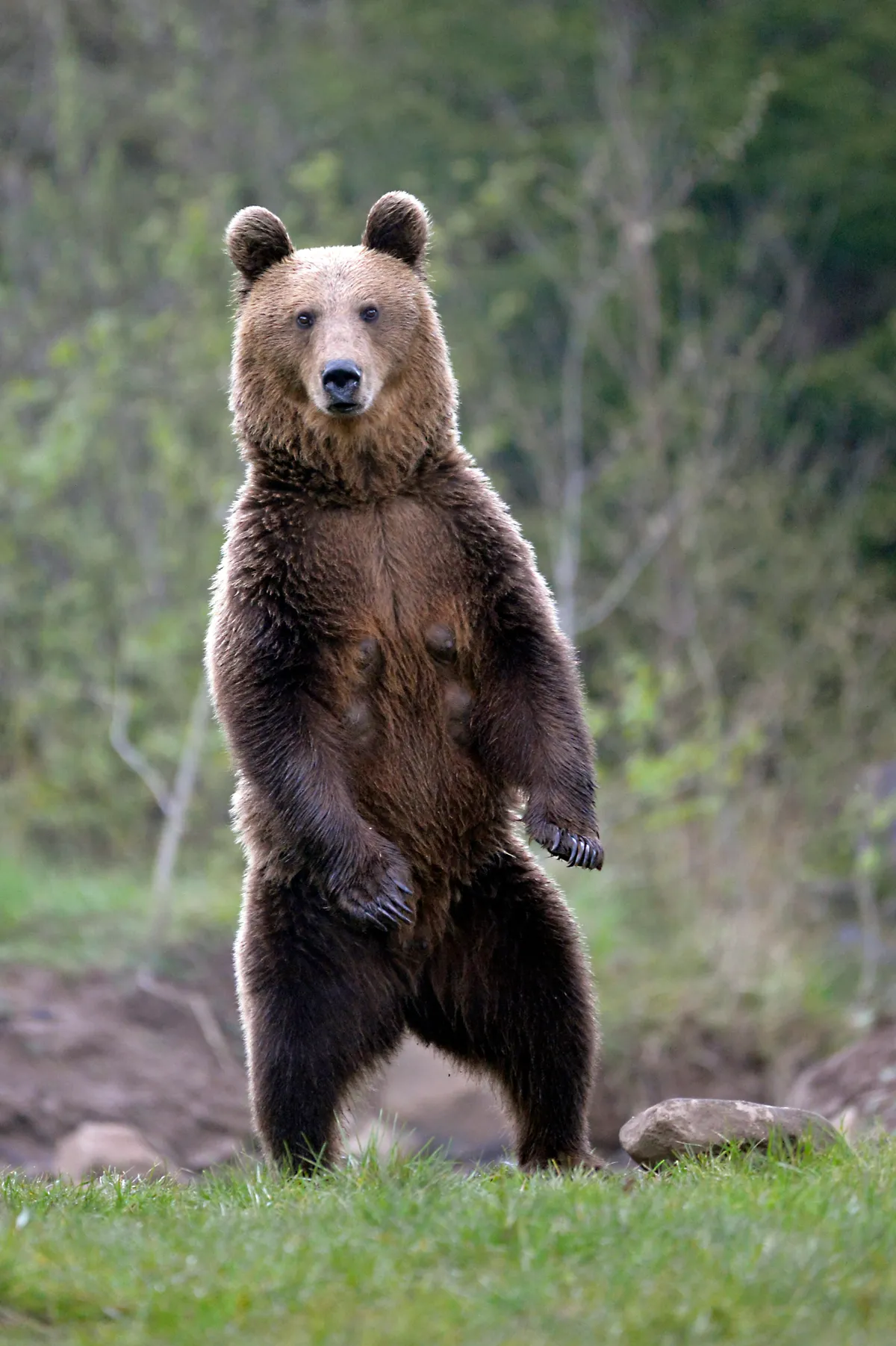
If seeing Iberian lynx tickles your fancy for furry creatures, why not join a specialist mammal-watching tour in Romania? Between the Danube Delta, Dobrudja and Transylvania, you may tot up an astonishing 40 species, mostly during nocturnal excursions. The mouth-watering selection ranges from small mammals (Romanian hamster) to the huge (Carpathian brown bear), via special carnivores (wildcat, golden jackal) and wacky creatures (European ground squirrel and lesser blind mole rat).
What to do in a fortnight or longer
With longer to spare, there's always the opportunity to travel further, which brings with it a host of opportunities to see more diverse wildlife in some fascinating habitats.
Northern Spain

There’s no need to fly to spend a fortnight watching wildlife in Europe. Take your car on a ferry across the Bay of Biscay for a carbon-minimising journey to northern Spain – with decent prospects of fin and Cuvier’s beaked whales thrown in. Then split your time between the Picos de Europa and Somiedo. In the Picos, enjoy lammergeier, wallcreeper, Pyrenean chamois and a kaleidoscope of butterflies including the majestic Apollo. In Somiedo, focus on mammals: brown bear and wildcat are readily seen, but Iberian grey wolf will require local guides.
Okavango Delta, Botswana
If flying is essential for that long-haul holiday of a lifetime, make it count: offset carbon emissions, use responsible service providers and spend locally. Glamping in Botswana’s Okavango Delta is a case in point. At Moremi and Khwai, the local community manages savanna and wetlands to both conserve and benefit from wildlife. Stand-out mammals include top-drawer predators (lion, leopard, serval and sometimes wild dog) that stalk herds of antelope such as tsessebe and red lechwe. Your visit helps their future.
Guapiaçu Reserve and the Pantanal, Brazil
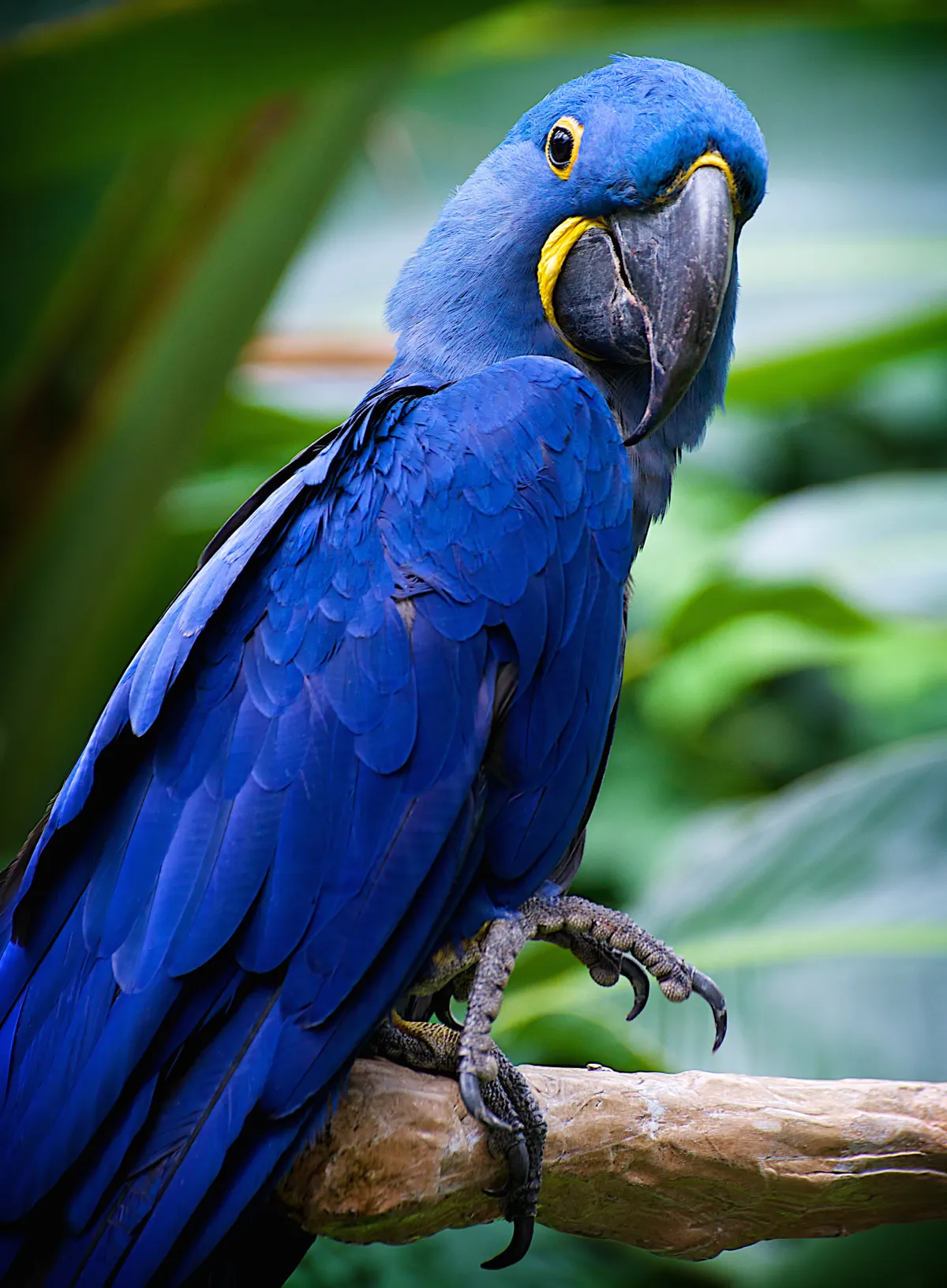
Spend several days in the Atlantic forest at Guapiaçu reserve (REGUA), a conservation beacon in one of the world’s most threatened biodiversity hotspots. Rare birds include giant snipe and shrike-like cotinga, which compete for your attention with marmosets, sloths and a hundred types of hawk-moth. Then head to the Pantanal. South America’s answer to the Serengeti is rightly famed for harbouring the world’s most easily encountered hyacinth macaw, giant otter and jaguar.
Ranthambore and Ladakh, India
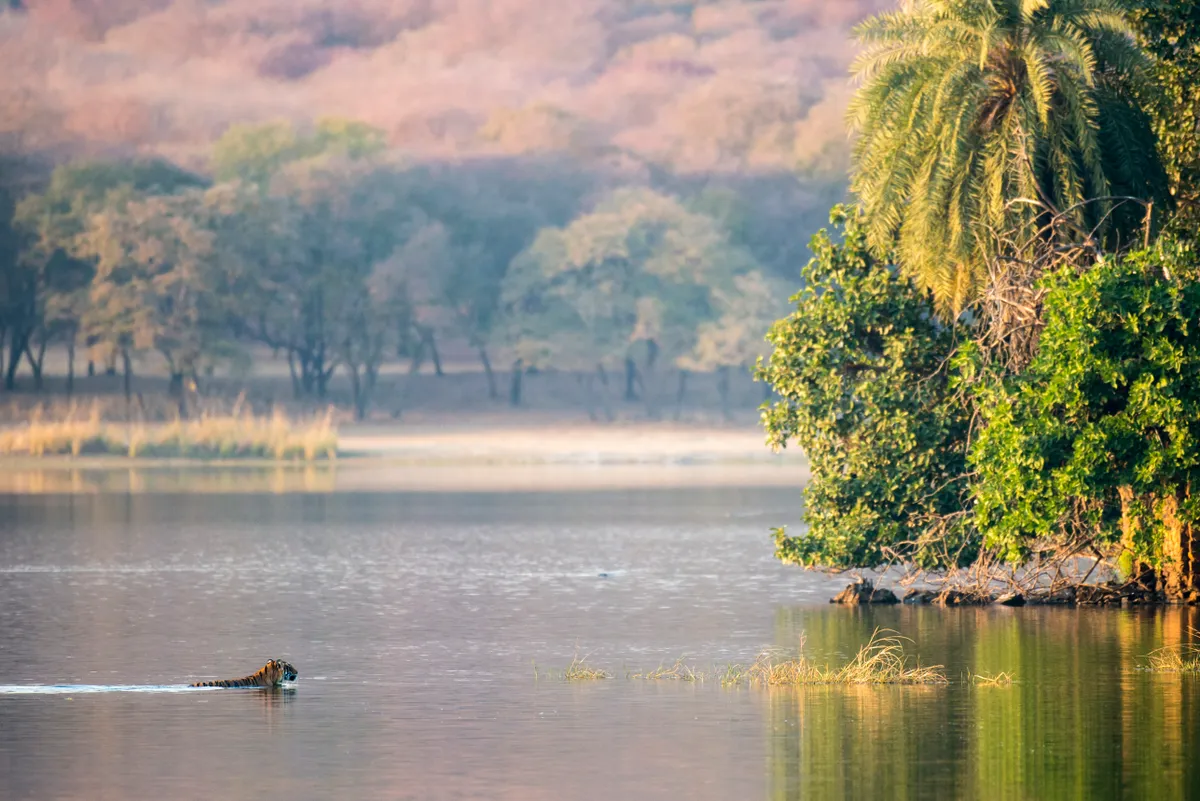
Other big cats might entice you to India. Flying into Delhi, Ranthambore is the logical national park to try for tiger, India’s national animal and feline icon. Remarkably, however, these striped cats are a mere supporting act to the headliner – snow leopard in the Himalayas. In Ladakh’s Hemis National Park, at least one company offering snow-leopard tours boasts both carbon neutrality and a 100% record in seeing this once-mythical cat.
Honshu, Kyushu and Hokkaido, Japan

Late winter island-hopping in Japan – Earth’s snowiest country, surprisingly – is a sure-fire crowd-pleaser. Delight in Japanese macaques (‘snow monkeys’) bathing in Honshu’s hot springs, then marvel at 80% of the world’s hooded cranes wintering on Kyushu. For an icy finale, fly north to Hokkaido, to witness dancing red-crowned cranes, hordes of Steller’s sea-eagles and the world’s largest nightbird, Blakiston’s fish-owl.
